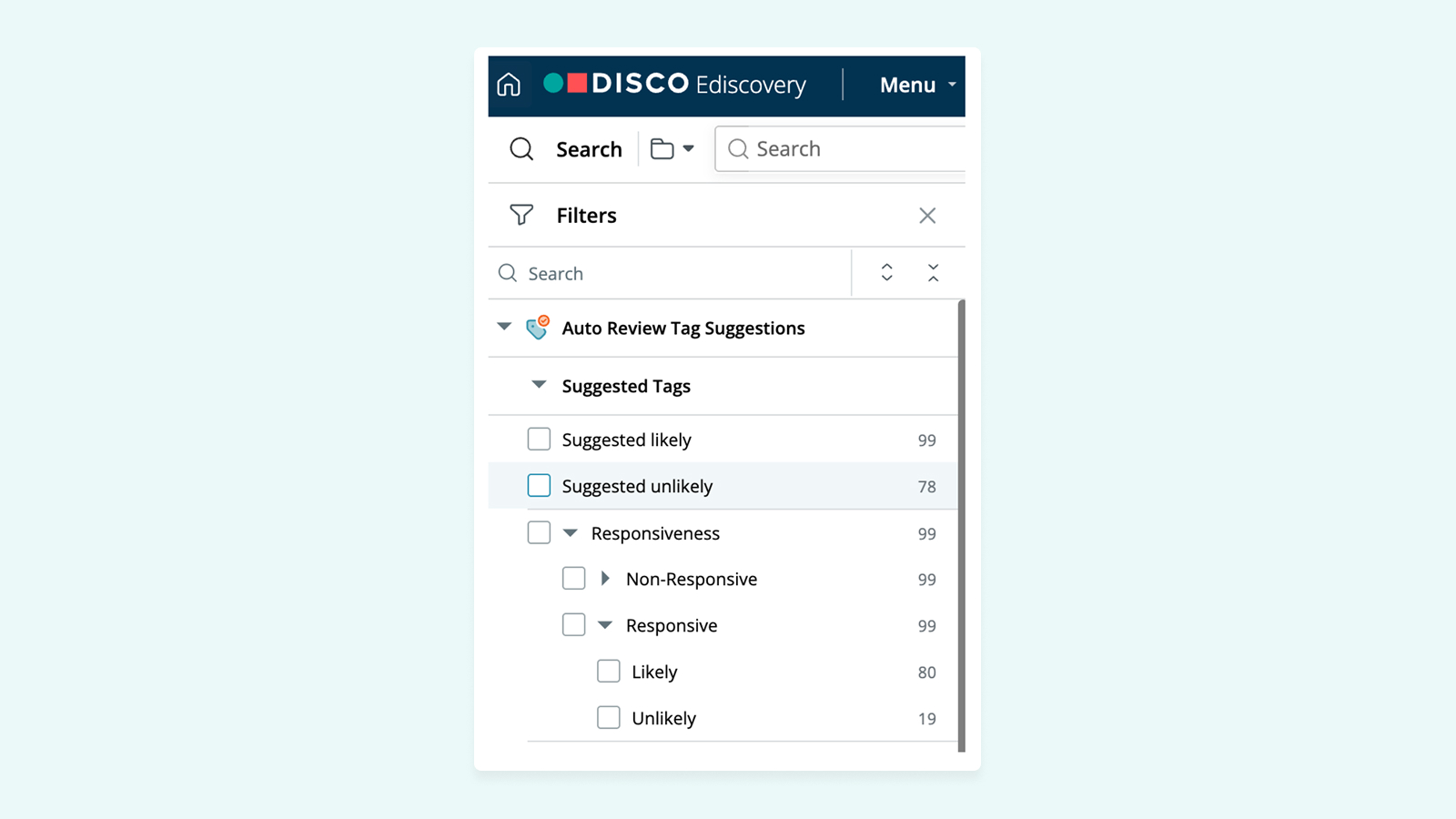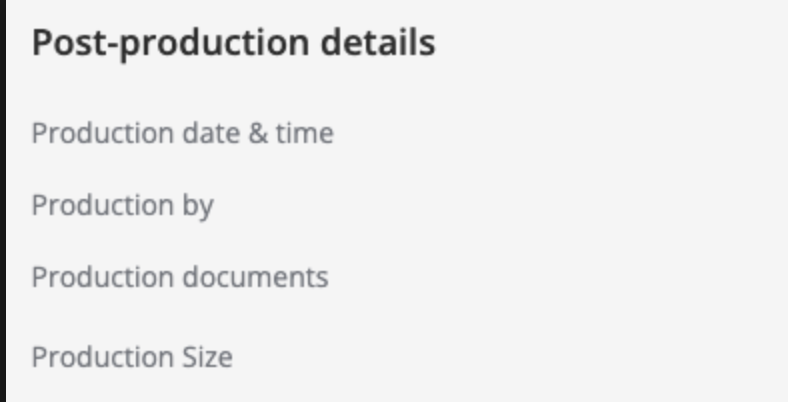⚡️ 1-Minute DISCO Download
Give me six hours to chop down a tree and I will spend the first four sharpening the ax. - Abraham Lincoln
Often, the opportunity to meet and confer with opposing counsel is treated as little more than a scheduling conference. Dates and deadlines are discussed and set, and then it’s back to the practice of law.
However, meet and confer is a huge opportunity to put yourself in a better negotiating position. Given that discovery is the foundation of any litigation, the meet and confer process merits more attention from legal teams. Rather than backing yourself into a corner, here are four low-lift ways to come to meet and confer with the data you need to win.
1. Bring the whole team together
The first rule for mastering the meet and confer is to include the entire team — not just the partner who bears ultimate responsibility for case strategy, but also associates who build the framework, paralegals and lit support professionals who are closest to the data, and even your vendor partner. Discovery is now intertwined with technology and so a multidisciplinary approach allows each team member to bring their unique skill set to create meaningful conversations about data you’ve interrogated.
Furthermore, it’s important to get all team members on the same page in terms of priorities and processes to follow. For particularly complex projects, consider appointing an ediscovery liaison to be the point person with opposing counsel and the court on ediscovery issues. Designating the liaison for meet and confer efforts, as well as participating in discussions with the court, provides all parties involved with the requisite level of confidence in relation to the methodologies used for the preservation, collection, processing, review, and production of ESI. This increased confidence can lead to fewer points of contention between the parties and, as a result, reduced need for court intervention and a less costly discovery process.
2. Get to the data earlier
Many attorneys negotiate themselves into problems because they negotiate first and plan later. It is common practice to confer with opposing counsel and lay out parameters for relevant information prior to collection of data, like identifying custodians, date ranges, and search terms that intuitively feel like they will bring relevant content. (Raise your hand if you’ve ever been told to negotiate to 50,000 documents because “it feels right.”) On the surface, this notion has merit — but how do you make reasonable decisions about sharing data when you have never interrogated that data?
In reality, when these educated guesses are tested through statistical sampling, we find that they are often wildly ineffective. These guesses routinely miss a great deal of relevant information while also bringing back an excessive amount of irrelevant junk. We’ve also seen several cases where most relevant documents were culled out!
DISCO Ediscovery users can do this on their own by using our early case assessment (ECA) module to run a statistical sample on a population of collected data to set a benchmark for how much relevant information exists. Here, you can use typical culling methods such as custodians, date ranges, and search terms. However, there are also more sophisticated methods available — search visualization, topic clustering, and conceptual searching through AI can all be implemented at this stage to get a quick idea of which search terms react positively and negatively, or pull up too much junk. These tools will give the user the ability to find the information that matters with less work and greater precision. (Of course, the experts at DISCO Professional Services can also assist if needed.)
All of this allows you to come to meet and confer advocating for what you want backed by metrics. You need to understand the nature of your challenge, consider your options, pick the most appropriate workflow, and negotiate with that plan in mind. Failing that — keep your framework as loose as possible.
3. Validate your work
When we combine these two best practices (utilizing the whole team and examining the data before we discuss it with opposing counsel), we can get a very clear idea of where the relevant information lies and how it can be isolated. As these tools are applied to the data set, it is important to regularly validate your process — when you identify a set of documents to cull, you need to be certain that there is not a significant amount of relevant information contained within. A better method here is to spend a couple of hours on the front end doing the statistical sample, cull, then do another sample on the back end.
4. Find the right balance
Document review is always a balance of risk and cost. What’s at stake in this litigation? What drives value in this case? What’s the right budget? Sometimes the budget will work with standard workflow, and sometimes you have to trim fat and accept risk to buy down cost. (Remember: the Federal Rules of Civil Procedure don’t mandate perfection, they mandate proportionality.) The important thing is to have the information so you can tailor the meet and confer — no one wants to come back to the client after a matter has started saying, “We need to settle because it turns out we can’t afford to take on this case.”
The last thing you want to do is enter into a meet and confer only to limit your options — yet that’s what some teams do when they come to the table without a data-backed strategy. Putting in these few steps on the front end, and making use of robust ECA capabilities, puts you in a much better position for negotiations.






%20(1).jpeg)







.png)
